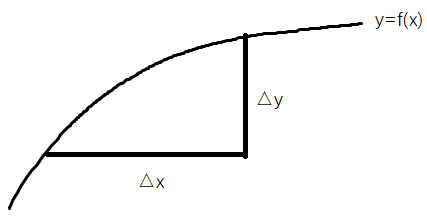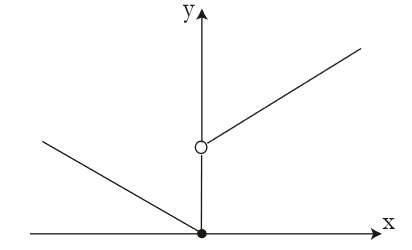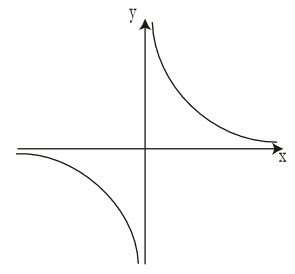单变量微积分(二)极限和连续

从变化率的角度而言,导数记录了x,y的相对变化率。
因此$\frac{{\Delta y}}{{\Delta x}}$是一种平均变化,取其极限记为 $\frac{{dy}}{{dx}}$ ,这是瞬时变化率。
例:
1. q表示电荷, $\frac{{d{\rm{q}}}}{{dt}}$表示电流。
2. s表示距离, $\frac{{d{\rm{s}}}}{{dt}}$表示速度。
3. 设楼高h=80米,t时刻的h=80-5t2,则t=0,h=80;t=4,h=0.
平均速度 \[\frac{{\Delta h}}{{\Delta t}}{\rm{ = }}\frac{{0{\rm{ - }}80}}{{4{\rm{ - }}0}}{\rm{ = - }}20\]
瞬时速度$\frac{{d{\rm{h}}}}{{dt}} = 0 - 10t$,当t=4时,h’=-40m/s
4. T表示温度, $\frac{{dT}}{{dx}}$表示温度梯度。
极限:
$\mathop {\lim }\limits_{{\rm{x}} \to {{\rm{x}}_0}} \frac{{{\rm{f}}\left( {{{\rm{x}}_0} + \Delta {\rm{x}}} \right) - {\rm{f}}\left( {{x_0}} \right)}}{{\Delta {\rm{x}}}}$如果直接代入x=x0,结果永远是0/0,因此在代入前必须进行一些对消运算。
记:
$\mathop {\lim }\limits_{x \to x_0^ + } f(x)$为右极限, $x \to x_0^ + $b表示x>x0
同理,$\mathop {\lim }\limits_{x \to x_0^{\rm{ - }}} f(x)$为左极限,$x \to x_0^{\rm{ - }}$表示x<x0
5:
$$
f(x)=\left\{ \begin{array}{c}
x+1,x>0\\
-x,x\le 0\\
\end{array} \right.
$$

$\mathop {\lim }\limits_{x \to {0^{\rm{ + }}}} f(x) = \mathop {\lim }\limits_{x \to 0} (x + 1) = 1$
$\mathop {\lim }\limits_{x \to {0^{\rm{ - }}}} f(x) = \mathop {\lim }\limits_{x \to 0} ( - x) = 0$
注意这里的左右极限,这里有个小细节:求极限并不需要知道f(0)的值。
连续:
f在x0点连续,定义为x→x0时f(x)的极限等于f(x0)。
这说明:
1. 极限必须存在。
2. f(x0)定义。
3. 左极限=右极限。
可去间断点

左极限等于右极限,但是不等于f(x0),或f(x0)未定义。
跳跃间断点:

左极限不等于右极限。
无穷间断点:

$\mathop {\lim }\limits_{x \to {0^{\rm{ + }}}} \frac{1}{{\rm{x}}} = + \infty$
$\mathop {\lim }\limits_{x \to {0^{\rm{ - }}}} \frac{1}{{\rm{x}}} = {\rm{ - }}\infty$
其他间断点:

这个函数没有左右极限。
定理:
可导必连续。
如果f在x0可导,则f在x0连续
证明:
$\mathop {\lim }\limits_{x \to {{\rm{x}}_0}} f(x) - f({x_0}) = \mathop {\lim }\limits_{x \to {{\rm{x}}_0}} \frac{{f(x) - f({x_0})}}{{x - {x_0}}}(x - {x_0}) = f'({x_0}) \times 0 = 0$
即 $\mathop {\lim }\limits_{x \to {{\rm{x}}_0}} f(x){\rm{ = }}f({x_0})$


